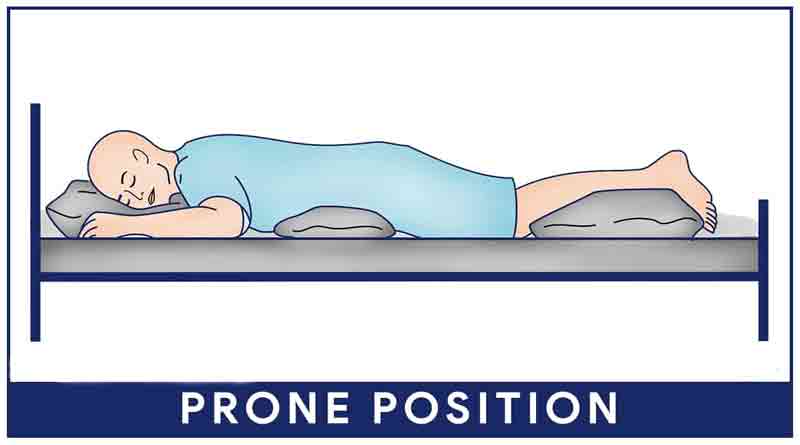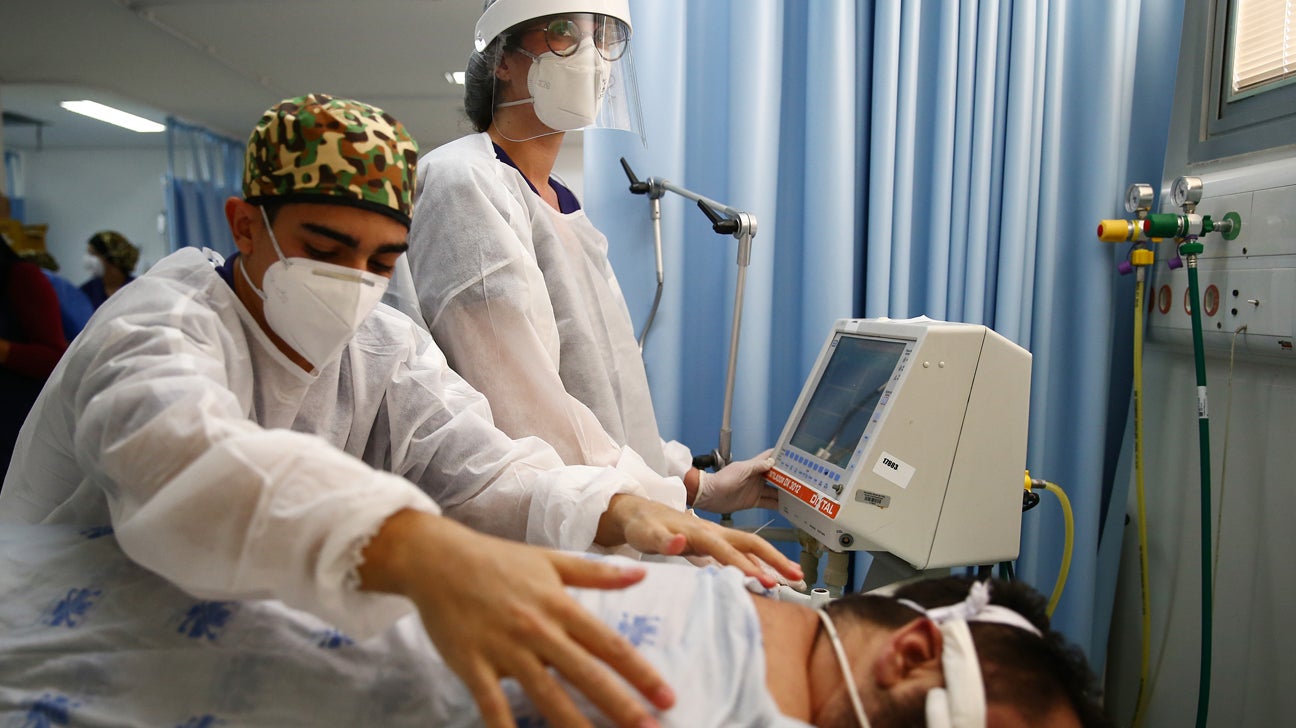

This action is associated with a more favorable position of the dependent alveolar units along their pressure-volume curves 3and accounts for the greater ventilation observed in the most dependent lung regions. Poor reporting made it difficult to know whether the review process and synthesis were appropriate, which raised serious concerns about the reliability of the authors' conclusions and the recommendations suggested.In spontaneously breathing subjects, the engine of ventilation is the diaphragm, which displaces a huge amount in its dorsal (dependent) portion. The authors made several practice recommendations based on the evidence presented, but new data was also presented in the recommendations which was not discussed in the text, including mode of ventilation, tolerance to enteral feeding, complications that can occur when turning patient from supine to prone positions, and many more. Sub-group analysis was planned, however, data were not presented for all planned analyses.

Moreover, study details were not provided, preventing evaluation of the reliability of their findings.īecause outcomes were not pre-specified and confidence intervals and p-values were not provided for all outcomes, interpretation of the results was difficult.

Study validity was only assessed for RCTs and study quality was not used in the interpretation of findings. It was unclear whether steps were taken to minimise the risk of error and bias in the processes of study selection, data extraction and validity assessment. Limited attempts were made to locate unpublished material. The potential influence of publication bias was not considered in the report. A reasonable search for relevant trials was undertaken, but search terms were not reported. This review addressed a clear question in terms of participants, but the criteria for eligible interventions were not clearly defined (particularly with regard to interventions in control groups) and no inclusion criteria were mentioned for study design or outcomes. Length of stay in intensive care was not significantly longer in prone patients compared with supine patients.

There were non-significant increases in heart rate (WMD = 3.06 bpm) in patients who were both sedated and paralysed, compared with patients who were sedated only. The most common complications that occurred in the prone position were decrease in pulse oximetry (28 per cent), new pressure sores (26 per cent), bradycardia (10 per cent), cardiac arrest (10 per cent) and decreased blood pressure (10 per cent). Nineteen studies classified patients into responder (25 per cent) and non-responder (75 per cent) to prone position. Prone position significantly improved PaO2 (partial pressure of oxygen in arterial blood) and PaO2/FiO2 ratio (partial pressure of oxygen in arterial blood as a fraction of inspired oxygen) (WMD 21.58 (95%CI: 11.36, 31.80) p<0.0001 four RCTs). Pulmonary artery wedge pressure was improved significantly in patients turned from supine to prone position: between 10.5 mmHG and 22 mmHG in the supine position and between 13.4 mmHG and 24.4 mmHG in the prone position (WMD 2.94 mmHg, p=0.0009 four studies). Of the included RCTs eight trials scored less than 3 and five trials scored 3 on the Jadad scale. Eighteen studies were considered A grade, 20 B grade and 3 C grade. The remaining 32 studies were of varied design including crossover trials, cohorts and case-series studies. Thirteen of the included studies were RCTs. Forty five studies (n=2,148) were included in the review: 42 studies in adult populations and three studies in paediatric populations.


 0 kommentar(er)
0 kommentar(er)
